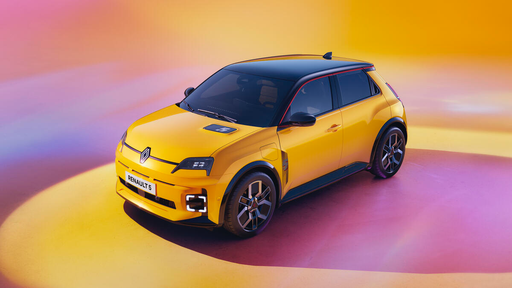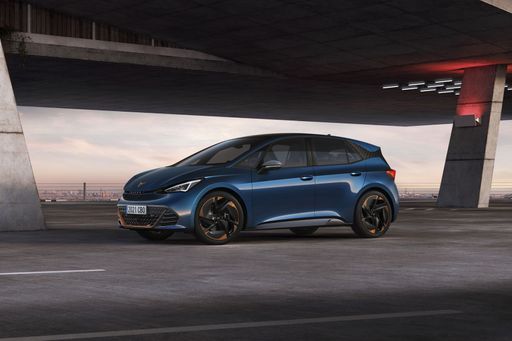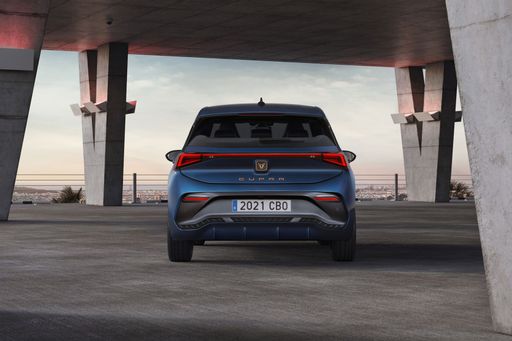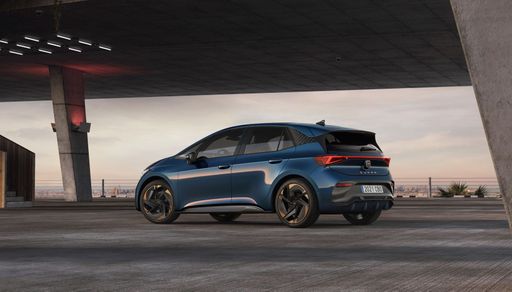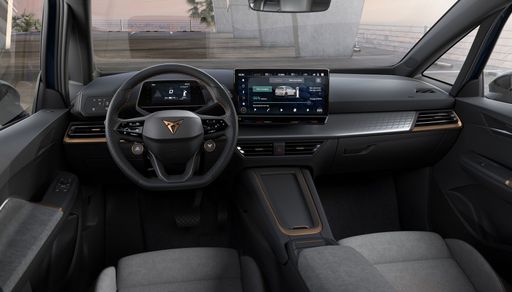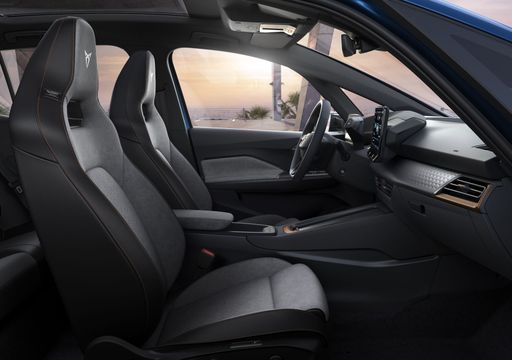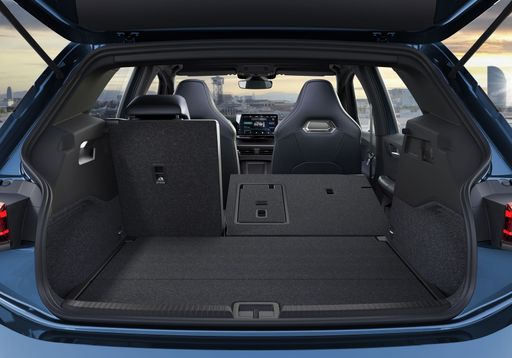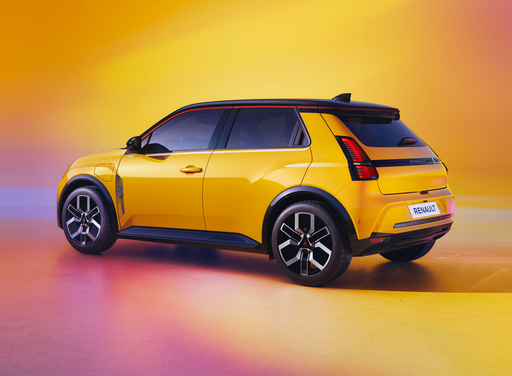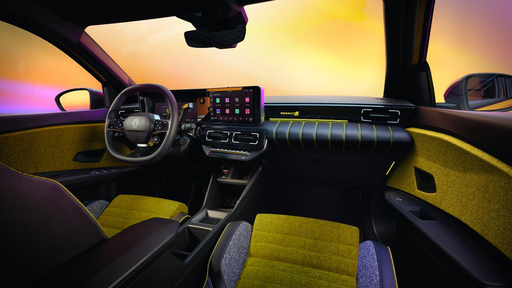Performance Showdown: CUPRA vs. Renault
In the world of electric vehicles, two brands are making waves with their latest offerings: CUPRA and Renault. Both manufacturers have positioned themselves as pioneers in the electric hatchback segment, delivering performance, efficiency, and cutting-edge technology. Today, we delve deep into a comparison between the two brands, focusing on technical specifications, innovations, and what sets them apart.

